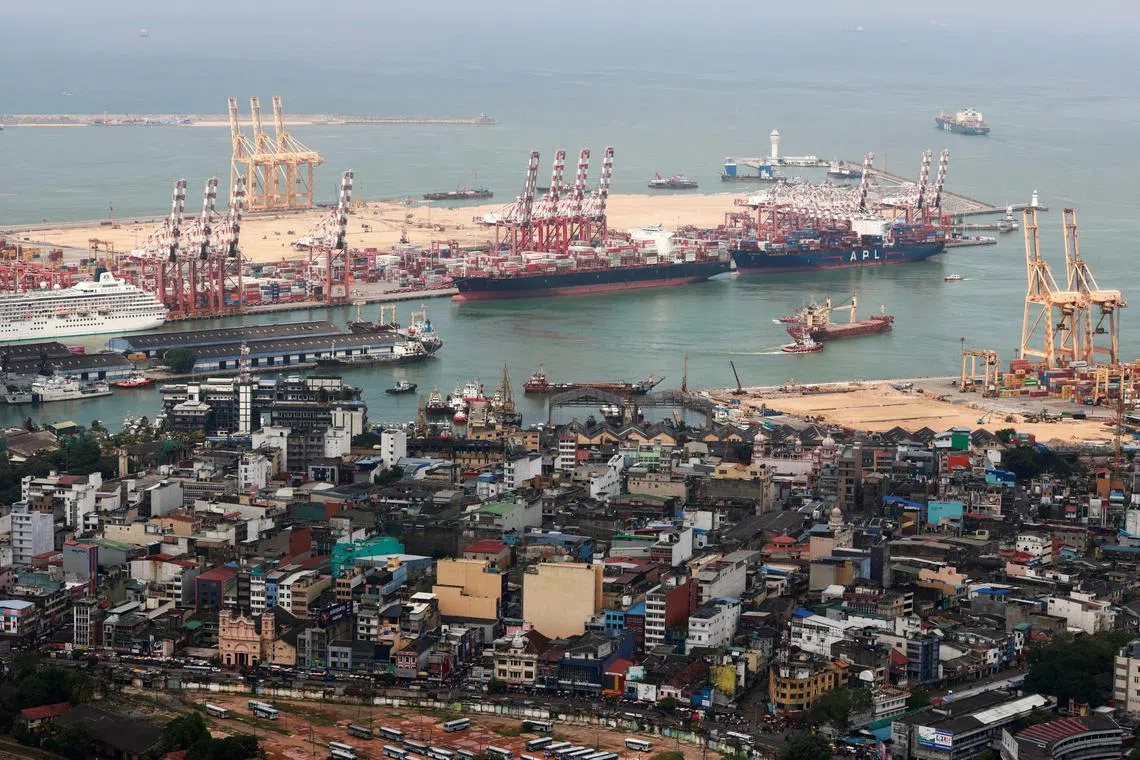Sustaining Sri Lanka’s reforms critical to safe-guarding macroeconomic stability, IMF says
Sign up now: Get ST's newsletters delivered to your inbox

Supported by a US$2.9 billion (S$3.7 billion) programme from the International Monetary Fund, Sri Lanka is gradually recovering from its worst financial crisis in decades, triggered by a record dollar shortage in 2022.
PHOTO: REUTERS
Follow topic:
WASHINGTON - Sustaining Sri Lanka’s reform momentum is critical to safeguarding the country’s macroeconomic stability, the International Monetary Fund (IMF) said on July 25 after its staff concluded a visit to the island nation.
Supported by a US$2.9 billion (S$3.7 billion) programme from the global lender, Sri Lanka is gradually recovering from its worst financial crisis in decades, triggered by a record dollar shortage in 2022
Sri Lanka’s economy grew by 5 per cent in 2024, and the World Bank predicts it will post 3.5 per cent growth in 2025.
But the island nation needs to tackle global headwinds from 30 per cent US tariffs, which could impact about US$3 billion in exports
“While the economic outlook is positive, downside risks have increased on the back of potentially high tariffs on Sri Lanka’s exports, persistent trade policy uncertainty, and heightened geopolitical tensions,” said Mr Evan Papageorgiou, IMF mission chief for Sri Lanka in a statement after wrapping up a visit to Colombo this week.
Any shocks from the US tariffs will be addressed within the IMF programme, he added.
Sri Lanka’s upcoming budget, expected to be presented to Parliament in November, will need to include stronger tax revenues and lower public spending to maintain a primary balance target of 2.3 per cent of GDP in the medium-term, the IMF said.
“Monetary policy should remain prudent and prioritise price stability,” the statement said, backing continued central bank independence.
Sri Lanka held its benchmark interest rate steady at 7.75 per cent on July 23, but the central bank chief said further easing was possible as the island nation awaits the outcome of tariff talks with the US.
Apparel, Sri Lanka’s second-largest foreign exchange earner, is particularly exposed – the sector exports 40 per cent of its output to the US and brought in $4.8 billion in 2024. It employs around 300,000 people, most of them women. REUTERS

